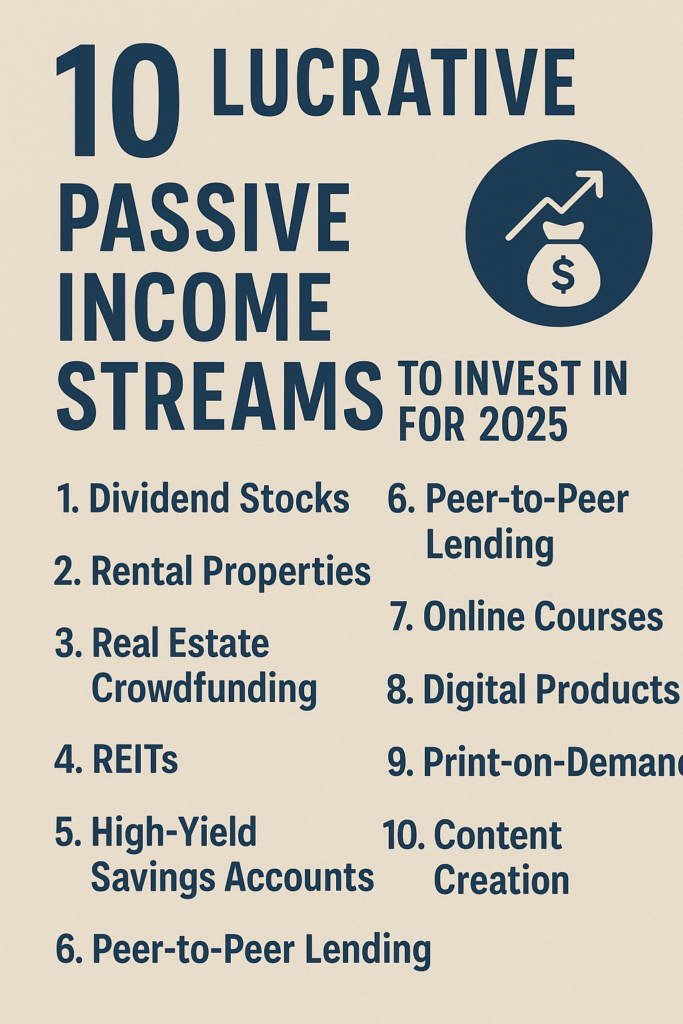Introduction: The New Era of Business Efficiency
In 2025, small businesses no longer have the luxury of ignoring automation. From managing customer inquiries to handling invoices and marketing campaigns, automation has become a game-changer in how small businesses operate and scale. Whether you’re a solopreneur, startup founder, or run a small local service, small business automation 2025 is essential to compete, stay profitable, and grow sustainably.
Table of Contents
What is Small Business Automation?
Small business automation refers to the use of technology tools and software to perform repetitive and time-consuming tasks with little or no human intervention. Think of things like:
- Automated email marketing
- Social media scheduling
- Customer support chatbots
- Appointment booking systems
- Invoicing and accounting automation
By streamlining these processes, small businesses free up time to focus on high-value activities like strategy, innovation, and customer experience.
Why Small Business Automation 2025 is Crucial
Let’s explore the reasons why small business automation in 2025 is no longer a luxury but a necessity.
1. Competing with Larger Players
With big companies already leveraging AI, chatbots, and automated CRMs, small businesses must keep up or risk falling behind. Affordable cloud tools like Zoho, Zapier, and HubSpot have leveled the playing field for smaller players.
2. Time and Cost Efficiency
Hiring employees for every repetitive task isn’t scalable. Automation reduces the need for manual effort in daily tasks—saving time, minimizing errors, and reducing operational costs.
3. Boost in Productivity
Employees spend less time doing repetitive work and more time on strategic growth initiatives. Tools like Trello and Slack integrations help streamline project workflows and internal communication.
4. Enhanced Customer Experience
Automated systems like chatbots, personalized emails, and CRM workflows enable faster responses and tailored interactions—exactly what modern consumers expect in 2025.
5. Data-Driven Decision-Making
With tools like Google Analytics, CRM dashboards, and marketing automation, business owners now get real-time insights into what’s working and what needs change—without manually crunching numbers.
What Can Be Done in a Small Business Automation 2025?
Let’s look at areas where automation makes the most impact:
- Customer Support → Auto-replies, ticket routing, live chat
- Sales → Follow-up emails, lead nurturing
- Marketing → Social media posts, email drip campaigns
- Finance → Billing, expense tracking, auto-generated reports
- HR & Recruitment → Resume screening, onboarding workflows
- Inventory → Reordering alerts, stock level monitoring

Best Automation Tools for Small Businesses in 2025
Here’s a quick list of powerful yet affordable tools small businesses can use:
| Tool | Category | Purpose |
|---|---|---|
| Zapier | Integration/Workflow | Connects apps and automates tasks |
| Canva Pro | Content Marketing | Schedule & create automated social posts |
| Mailchimp | Email Marketing | Automate newsletters and drip campaigns |
| Calendly | Appointment Booking | Auto-scheduling meetings with clients |
| QuickBooks | Finance & Invoicing | Auto-generate invoices and reports |
| Trello | Project Management | Automate task assignments and deadlines |
| Notion AI | Productivity | Auto-generate content outlines, notes |
The ROI of Automation: Is It Worth the Investment?
Absolutely. When done right, automation pays for itself. Here’s why:
- Save 10–20 hours a week on repetitive work
- Increase revenue by automating follow-ups and nurturing leads
- Improve customer retention with consistent communication
- Reduce staffing costs by automating simple admin tasks
In 2025, small businesses that invest early in automation are set to outperform those that rely solely on manual operations.
How to Get Started with Small Business Automation in 2025
Here’s a step-by-step guide to begin your automation journey:
- Audit your tasks – List everything you or your team do daily.
- Identify repetitive work – Flag tasks that repeat weekly.
- Choose automation tools – Pick one or two based on your top needs.
- Start small – Automate one process at a time.
- Track the impact – Measure saved time, errors avoided, or revenue growth.
- Scale up – Gradually automate more areas as your comfort grows.
Final Thoughts: Future-Proof Your Small Business Today
Small business automation 2025 isn’t just about saving time—it’s about staying competitive, reducing costs, and unlocking growth opportunities. By integrating smart tools and automating daily tasks, small business owners can create lean, agile operations that thrive in an increasingly digital world.
💡 Start small, think big, and automate for the future.




